Down Payment Mastery: How Much to Save for Your Future Home
Saving for a down payment can definitely feel like a major challenge when you’re aiming for homeownership in India. The amount you need to set aside depends on a few things like the type of loan you choose, the property’s price, and your credit score. It might sound overwhelming, but don’t worry… we’re here to help you figure it out. In this blog, we’ll break down how much you should aim to save and share some practical tips to help you get there. Let’s dive into making that down payment goal a reality!
Understanding Down Payments in India
A down payment is the initial amount you pay upfront when purchasing a property. It’s typically expressed as a percentage of the total property value. The higher your down payment, the lower your monthly loan installments will be.
Factors Affecting Down Payment Amounts
When planning for a down payment, several factors come into play, and understanding these can help you better prepare for your home purchase.
Type of Loan: The down payment required will largely depend on the type of loan you choose. Different loan types come with different terms and requirements, affecting how much you need to set aside.
Home Loan in India: Typically, home loans in India require a down payment of 15% to 20% of the property’s total value. This percentage can vary slightly depending on the lender and the terms of the loan.
Government-Backed Schemes: Programs like Pradhan Mantri Awas Yojana (PMAY) offer more favorable down payment options, especially for first-time homebuyers. These schemes are designed to make homeownership more accessible, with reduced upfront costs.
Property Value: As the value of the property increases, so does the down payment requirement. A higher-priced property will naturally require a larger amount to be paid upfront.
Credit Score: A good credit score can be a powerful tool. With a high score, lenders may offer loans with more favorable terms, including lower down payment requirements, making it easier to finance your home.
Location: Down payment requirements can vary based on the property’s location. Some regions may have different lending practices or offer specific incentives that could affect how much you need to pay upfront.
Calculating Your Down Payment
To calculate your down payment, you’ll need to determine the property value and the down payment percentage required by your lender. Here’s a simple formula:
- Down Payment Amount = Property Value * Down Payment Percentage
For example, if you’re buying a property worth ₹50 lakhs and the down payment requirement is 20%, your down payment would be ₹10 lakhs.
Tips for Saving for a Down Payment
When preparing to buy a home, building your down payment fund requires thoughtful planning and smart financial strategies. Here are some key steps to help you save effectively:
Create a Budget: Start by tracking your income and expenses to get a clear picture of your financial habits. This will help you identify areas where you can cut back and allocate more towards your savings goal.
Set a Savings Goal: Determine how much you need for a down payment and establish a realistic timeline. Break it down into monthly savings targets to stay on track and motivated.
Open a High-Yield Savings Account: Boost your savings with a high-yield savings account. These accounts offer better interest rates than regular accounts, helping your money grow faster while remaining safe and accessible.
Consider Investing: If you’re comfortable with some risk, explore investment options like mutual funds or stocks to potentially accelerate your savings. Keep in mind that investments come with risks, so it’s important to diversify and be informed.
Take Advantage of Employer Benefits: Many employers offer retirement savings plans or employee stock options that can be used toward your down payment. Maximize these benefits to give your savings a helpful boost.
Avoid Debt: Reducing your debt not only improves your credit score but also increases your borrowing capacity. Focus on paying off high-interest debts and avoid taking on new loans to strengthen your financial standing.
Government-Backed Home Loan Schemes in India
India offers several government-backed home loan schemes that provide various benefits to eligible borrowers, including lower interest rates, reduced down payment requirements, and tax benefits. Here are some of the most popular schemes:
Pradhan Mantri Awas Yojana (PMAY)
Individuals and families with an annual income of up to ₹3 lakhs are eligible to take advantage of this housing scheme, designed to make homeownership more affordable and accessible.
One of the key benefits of the scheme is a subsidy of up to ₹2.67 lakhs for those in the Economically Weaker Section (EWS) and Low-Income Group (LIG) categories. This can significantly reduce the cost of purchasing a home. Additionally, the scheme provides reduced interest rates, making home loans more manageable and easing the financial burden on borrowers.
For middle-income groups, the Credit-Linked Subsidy Scheme (CLSS) offers favorable loan terms, further supporting families in achieving their goal of owning a home.
National Housing Bank (NHB) Affordable Housing Scheme
Individuals and families with an annual income of up to ₹6 lakhs are eligible for this scheme, aimed at making homeownership more affordable.
The scheme offers several valuable benefits, including lower interest rates, which reduce the financial burden of a home loan. First-time homebuyers can also take advantage of subsidies, helping to bring down the overall cost of purchasing a home. Additionally, the Credit-Linked Subsidy Scheme (CLSS) provides further financial assistance, making it easier for eligible individuals to secure a home loan with favorable terms.
This initiative is designed to make the dream of owning a home more accessible for a broader range of people.
State-Specific Schemes
Many states in India have their own affordable housing schemes with specific eligibility criteria and benefits. Some popular state-level schemes include:
- Maharashtra Affordable Housing Mission
- Tamil Nadu Affordable Housing Scheme
- Rajasthan Affordable Housing Scheme
Benefits of Government-Backed Home Loan Schemes
These government-backed home loan schemes provide multiple advantages, making homeownership more affordable and accessible.
One major benefit is the lower interest rates, which are often more favorable compared to commercial home loans, reducing your overall loan burden. Additionally, many of these schemes offer a reduced down payment requirement, making it easier for first-time buyers to purchase a property without needing a large initial sum.
Another perk is the tax benefits available under Section 80EEA of the Income Tax Act, allowing eligible homebuyers to claim deductions on interest payments. With government support behind these schemes, buyers can feel a greater sense of security and reliability in their investment.
These features work together to make buying a home more affordable and financially manageable for eligible individuals.
Eligibility Criteria
Eligibility criteria for government-backed home loan schemes can vary, but there are some common requirements that applicants generally need to meet:
- Income: Your annual income must fall within the specified limits set by the scheme to qualify for the benefits.
- First-Time Homebuyer: Many schemes are designed specifically for first-time homebuyers, so you may need to be purchasing your first property to be eligible.
- Property Value: The property you wish to purchase should fall within the value limits specified by the scheme, ensuring it aligns with the program’s guidelines.
- Credit Score: A good credit score is typically required to qualify, as it reflects your financial reliability and ability to manage debt effectively.
Meeting these criteria can help you take full advantage of the benefits offered by government-backed home loan schemes, making homeownership more attainable.
Important Note: It’s essential to research the specific eligibility criteria and benefits of each scheme to determine if you qualify and which one is best suited to your needs. Consulting with a financial advisor or a home loan expert can also provide valuable guidance.
Conclusion:
Saving for a down payment requires discipline and planning. By understanding the factors that affect down payment amounts and following the tips mentioned above, you can increase your chances of achieving your homeownership goals. Remember, it’s important to consult with a financial advisor or a home loan expert to get personalized advice based on your specific circumstances.


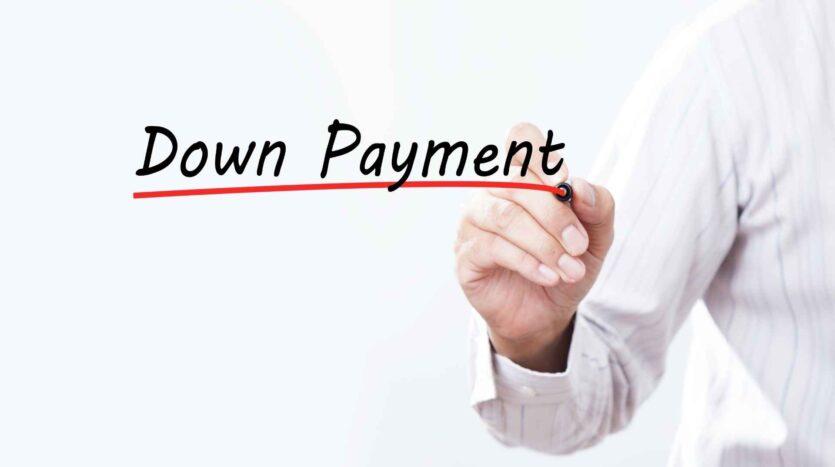
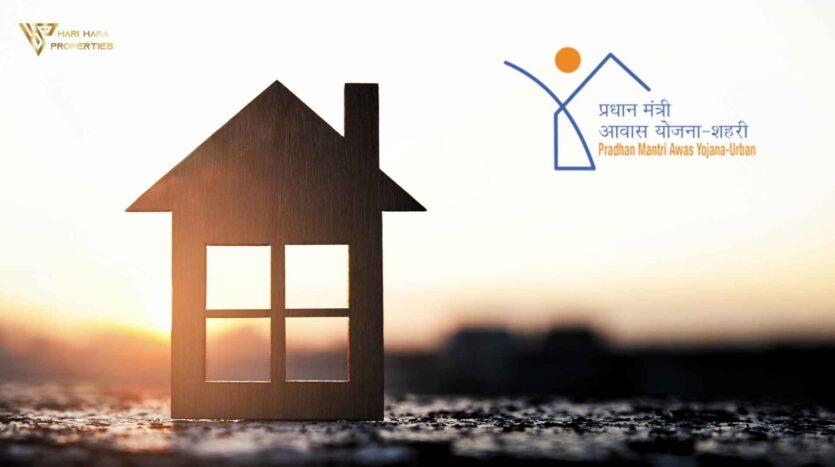
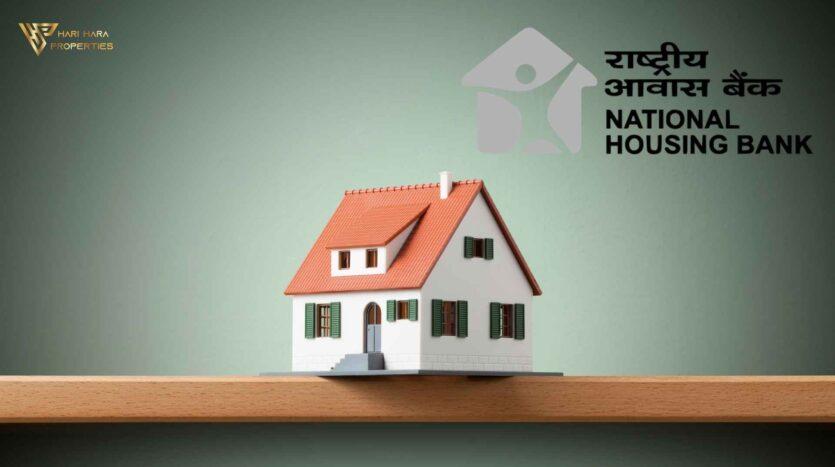
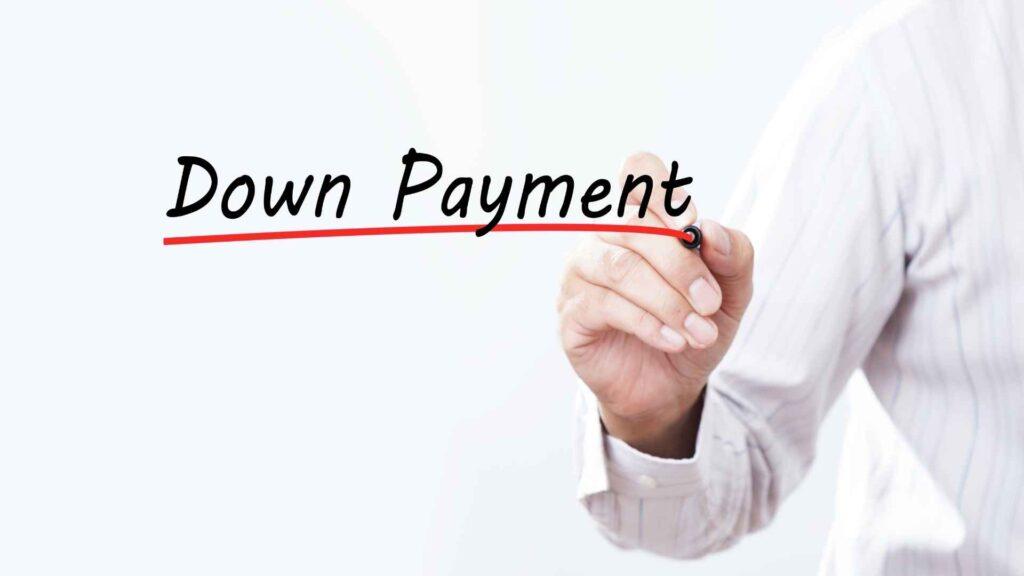
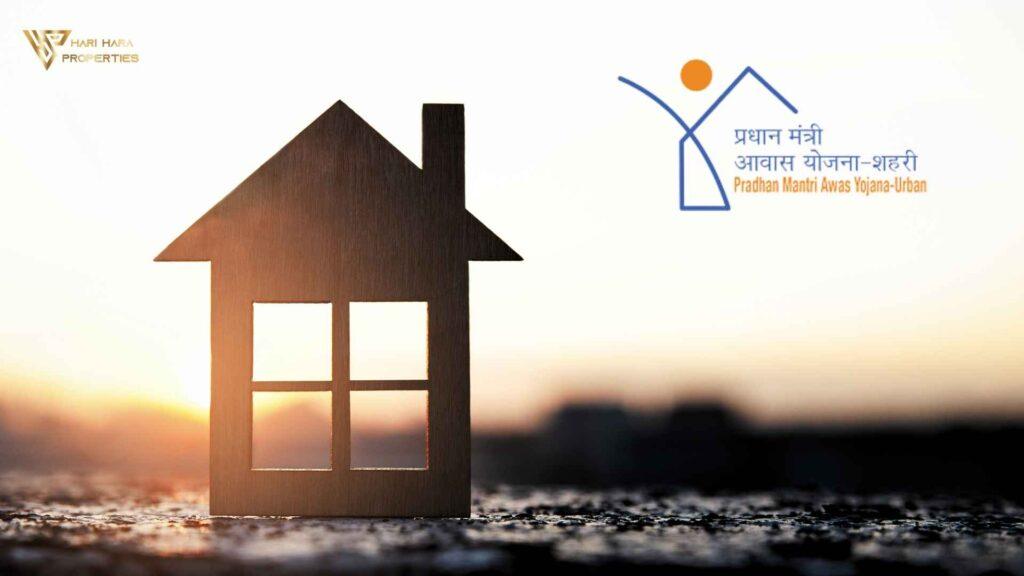
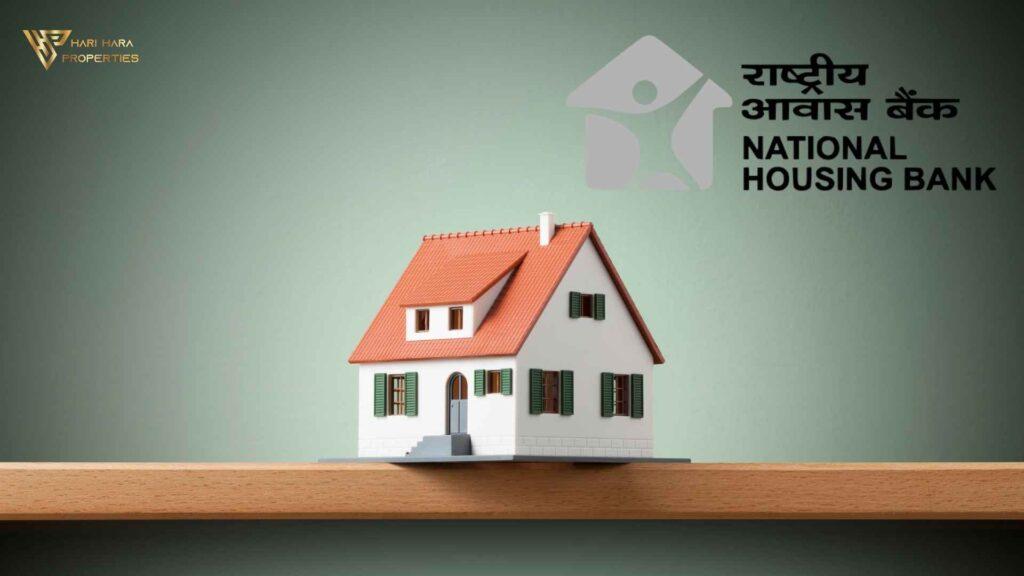
Pingback: When is the best time to buy a house in a year?